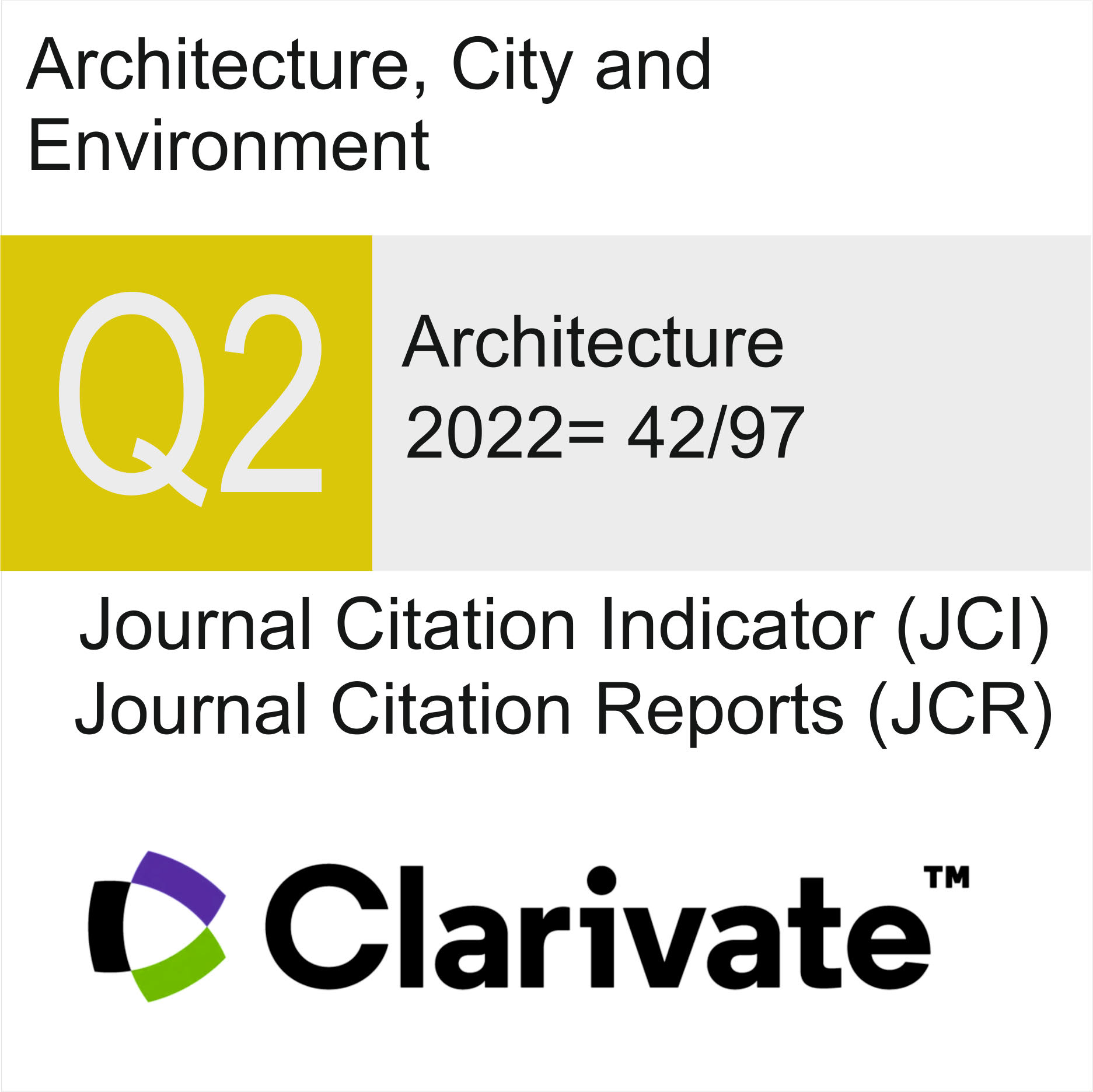Collaborative Transport Robots (CTRs) Applicable in the Proximal Urban Environment: A Review
DOI:
https://doi.org/10.5821/ace.20.58.12627Keywords:
Collaborative Transport Robots (CTRs), urban robots, human-robot interactionAbstract
Collaborative Transport Robots (CTRs) are not yet a frequent or well-known reality for many urban stakeholders, including city agents, transportation planners, policymakers, construction professionals, service providers, and other relevant participants in the urban mobility ecosystem. This lack of familiarity presents a significant barrier to the development and implementation of novel, adaptive, and creative urban mobility solutions. It also hinders the integration of CTRs into already-existing transport networks, systems, and physical infrastructure. CTRs represent a broad, versatile, and rapidly evolving category of robotic systems designed specifically for deployment in urban environments. These robots are typically equipped with an array of advanced sensors, artificial intelligence technologies, and connectivity features. These tools enable them to operate autonomously, navigate complex urban landscapes, and interact safely and efficiently with humans, vehicles, and other robotic systems in real time. Moreover, CTRs hold the potential to significantly increase the efficiency, sustainability, and safety of urban transit systems. They can help reduce congestion, streamline last-mile delivery, enhance pedestrian experiences, and offer novel mobility options for individuals who face transportation barriers, such as the elderly or those with disabilities. In addition, CTRs may contribute to reducing carbon emissions and improving air quality through the automation of low-emission mobility tasks. As the technology behind CTRs continues to develop, urban decision-makers and stakeholders must become more aware of and engaged with these innovations. A better understanding of CTR capabilities and applications will be essential for shaping future cities that are more accessible, resilient, and responsive to the needs of all residents.
Published
Issue
Section
License
| INTELECTUAL PROTECTION CRITERIA |
At this moment, it is count with the "Oficina Española de Patentes y Marcas", while global protection it is being processed by the World Intelectual Property Organization (OMPI/WIPO). Nevertheless the International Standard Serial Number Office (ISSN) has given the following numbers ISSN: 1886-4805 (electronic version) and 1887-7052 (paper version). All articles will be peer reviewed, using double blind reviewing. |
| COPYRIGHT |
The article contents and their comments are authors exclusive liability, and do not reflect necessarily the journal editor commitee's opinion. All ACE published works are subject to the following licence CC BY-NC-ND 3.0 ES http://creativecommons.org/licenses/by-nc-nd/3.0/es/ It implies that authors do not hold nor retain the copyright without restrictions but only those included in the licence. |


































